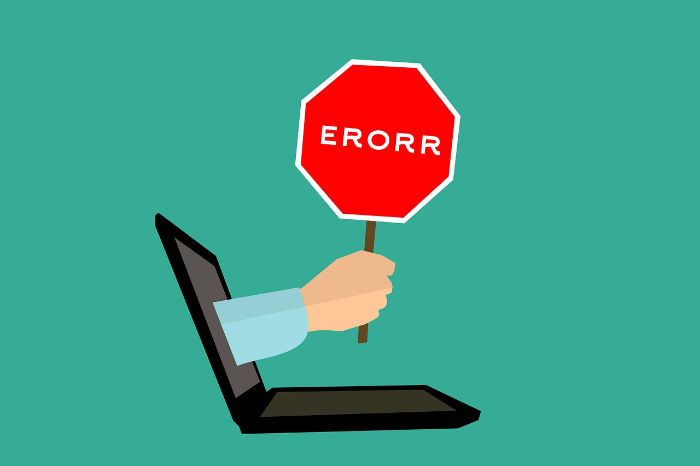API Exception Handling: Dealing with Errors in Your Web Services
October 2, 2023

As developers working with web services and APIs, handling exceptions effectively is crucial to ensure the reliability and robustness of your applications. In this article, we will delve into the world of API exception handling and explore best practices for dealing with errors in your web services.
Understanding API Exception Handling
API exception handling is the process of gracefully managing and responding to errors that occur during API requests and responses. These errors can range from simple validation issues to more complex server errors. Proper exception handling not only improves the user experience but also helps in diagnosing and troubleshooting issues.
Benefits of Effective Exception Handling
- Error Transparency: Well-handled exceptions provide clear error messages and status codes, helping clients understand and react to issues.
- Enhanced Security: Proper error handling can prevent sensitive information from being exposed in error responses.
- Improved Debugging: Exception details can aid developers in quickly identifying and fixing issues in the API.
- Consistent API Behavior: Effective error handling ensures that the API behaves predictably, even in exceptional circumstances.
Common Exception Types
- Validation Errors: These occur when client-supplied data fails validation checks, such as missing or invalid parameters.
- Authentication and Authorization Errors: Issues related to access control and authentication failures.
- Server Errors: Internal server errors, often indicated by HTTP status codes in the 500 range.
- Rate Limiting and Throttling: Limiting requests to prevent abuse and ensure fair usage.
Best Practices for API Exception Handling
- Use Appropriate HTTP Status Codes: Choose status codes that accurately reflect the nature of the error (e.g., 400 for client errors, 500 for server errors).
- Provide Clear Error Messages: Include descriptive error messages in the response to assist developers and clients.
- Implement Rate Limiting: Protect your API from abuse by enforcing rate limits and throttling.
- Version Your APIs: When making changes, use versioning to ensure backward compatibility.
Exception Handling in Practice
Let's consider an example of handling validation errors. If a client submits a request with missing or invalid parameters, your API should respond with a 400 Bad Request status code and a JSON response that encapsulates the error information within a "error" field:
{
"error": {
"message": "Validation failed",
"details": [
"Missing 'email' parameter",
"Invalid 'age' parameter"
]
}
}
By following best practices like this, you can ensure that your API is robust, secure, and user-friendly even when errors occur.